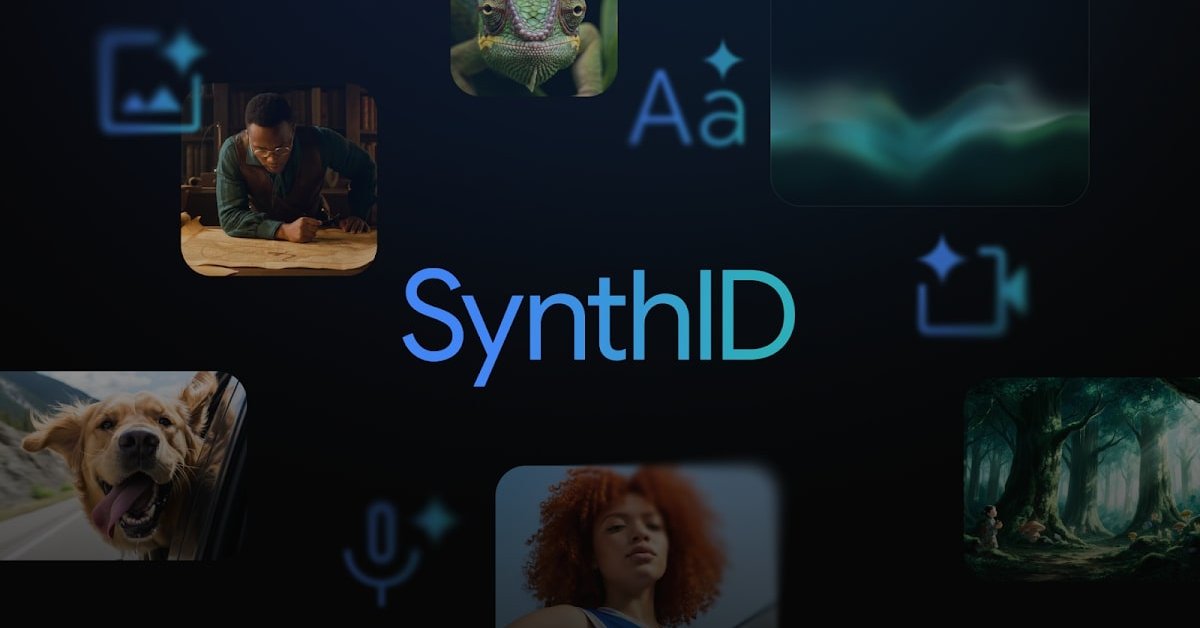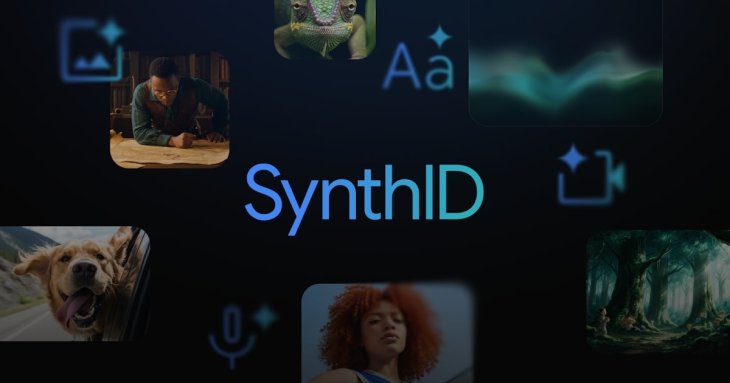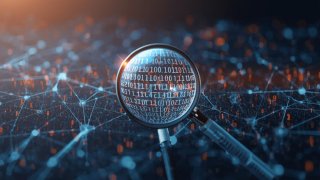Google SynthID: Everything You Need to Know About AI Content Detection
Karamchand - Jun 04, 2025

Google's SynthID Detector promises to identify AI-generated content across text, images, video, and audio. However, this tool only works with Google's own AI models, leaving significant gaps in detecting AI content from other platforms like ChatGPT.
- AI Intimidation Tactics: CEOs Turn Flawed Technology Into Employee Fear Machine
- David vs. Goliath 2.0: How DeepL's NVIDIA SuperPOD Makes Google Translate Look Like Dial-Up Internet
- The Great AI Suitcase Caper: How China Pulled Off Tech's Most Audacious Smuggling Operation
Last month, Google announced SynthID Detector, a new tool designed to identify AI-generated content. The company claims it can detect AI-created text, images, videos, and audio with high accuracy.

However, several important limitations exist. Currently, the tool is only available to "early testers" through a waitlist system. More significantly, SynthID primarily works for content generated using Google's own AI services.
This means if you test content created with ChatGPT, the tool won't flag it as AI-generated. Understanding these limitations is crucial for anyone considering AI detection tools.
How Does SynthID Actually Work?
SynthID doesn't directly detect AI-generated content like many people assume. Instead, it identifies special "watermarks" that Google embeds in content from its AI products. These include Gemini for text, Veo for video, Imagen for images, and Lyria for audio.
A watermark functions as a special machine-readable element embedded in content. Digital watermarks have traditionally helped track the origins and authorship of creative works. Furthermore, they've been used to combat misinformation challenges in media.
SynthID embeds these watermarks in AI model outputs. The watermarks remain invisible to readers and audiences. However, detection tools can use them to identify content created or edited using AI models with SynthID technology.
This watermarking approach represents one of many emerging solutions. Nevertheless, questions remain about their overall effectiveness.
The Fragmented AI Detection Landscape
Currently, no unified AI detection system exists across the industry. Several AI companies, including Meta, have developed their own watermarking tools and detectors similar to SynthID. These solutions are "model specific" rather than universal.
Consequently, users must juggle multiple tools to verify content authenticity. Despite researchers calling for a unified system, the landscape remains fragmented. Major players like Google seek adoption of their tools by others, but progress has been slow.
Alternative Detection Methods
A parallel effort focuses on metadata – encoded information about media origin, authorship, and edit history. For example, the Content Credentials inspect tool allows users to verify media by checking attached edit histories.
However, metadata faces significant limitations. It can be easily stripped when content uploads to social media or converts to different file formats. This becomes particularly problematic when someone deliberately obscures content origin and authorship.
Some detectors rely on forensic cues like visual inconsistencies or lighting anomalies. While some tools automate this process, many depend on human judgment. Common sense methods include counting fingers in AI-generated images. These approaches may become obsolete as AI model performance improves.
How Effective Are AI Detection Tools?
AI detection tools vary dramatically in their effectiveness. Some work better when content is entirely AI-generated, such as complete essays created from scratch by chatbots.
The situation becomes much more complex when AI edits or transforms human-created content. In these cases, AI detectors often produce incorrect results. They may fail to detect AI involvement or incorrectly flag human-created content as AI-generated.
The Explanation Problem
Most AI detection tools don't explain how they reach their decisions. This adds significant confusion for users trying to understand results. When used for plagiarism detection in university assessments, they create an "ethical minefield."
Additionally, these tools are known to discriminate against non-native English speakers. This bias creates unfair disadvantages for certain student populations.
Where AI Detection Tools Prove Valuable
Despite limitations, AI detection tools serve important purposes across various industries. Insurance claims provide one clear example. Knowing whether a client's image depicts what it claims to show helps insurers respond appropriately.
Journalists and fact-checkers increasingly rely on AI detectors alongside other verification methods. These tools help determine whether potentially newsworthy information deserves further sharing.
Professional and Personal Applications
Employers and job applicants both need to assess authenticity during recruitment processes. Determining whether the person on the other side is genuine or an AI fake becomes increasingly important.
Dating app users face similar challenges. They need to know whether online profiles represent real romantic prospects or AI avatars potentially fronting romance scams.
Emergency responders require confidence when determining whether callers are human or AI. This knowledge can save both resources and lives in critical situations.
The Future of AI Detection Technology
These real-world examples highlight how authenticity challenges now occur in real time. Static tools like watermarking alone are unlikely to provide sufficient solutions.
AI detectors that work on audio and video in real time represent a pressing development area. The demand for immediate verification continues growing across multiple sectors.
Moving Beyond Single-Tool Solutions
Whatever the scenario, authenticity judgments cannot be fully delegated to a single tool. Understanding how detection tools work, including their limitations, represents an important first step.
Users must triangulate these tools with other information sources. Additionally, applying your own contextual knowledge remains essential for accurate assessments.
Making Informed Decisions About AI Detection
Google's SynthID represents an important step in AI content detection technology. However, its limitations highlight the broader challenges facing this field.
The tool's restriction to Google's own AI models means it won't catch content from other popular platforms. This creates significant gaps in comprehensive AI detection coverage.
As AI technology continues evolving, detection methods must also advance. Currently, no single solution provides complete protection against AI-generated misinformation or content misrepresentation.
Therefore, users should approach AI detection tools as part of a broader verification strategy. Combining multiple tools with human judgment and contextual analysis provides the most reliable approach to content authenticity verification.
Featured Stories

ICT News - Dec 25, 2025
The Visibility Concentration Effect: Why Half the Web Isn’t Qualified Anymore

ICT News - Jul 05, 2025
Windows 11 is Now the Most Popular Desktop OS in the World

ICT News - Jul 02, 2025
All About Florida’s Alligator Alcatraz: A Smart Move for Immigration Control

ICT News - Jun 25, 2025
AI Intimidation Tactics: CEOs Turn Flawed Technology Into Employee Fear Machine

ICT News - Jun 24, 2025
Tesla Robotaxi Finally Hits the Streets: $4.20 Rides That'll Make You Hold Your...

ICT News - Jun 24, 2025
World's First Flying Humanoid Robot Takes Flight

ICT News - Jun 24, 2025
When Closed Source Met Open Source: Bill Gates Finally Meets Linus Torvalds After...

Gadgets - Jun 23, 2025
COLORFUL SMART 900 AI Mini PC: Compact Power for Content Creation

ICT News - Jun 22, 2025
Neuralink Telepathy Chip Enables Quadriplegic Rob Greiner to Control Games with...

ICT News - Jun 20, 2025
Comments
Sort by Newest | Popular